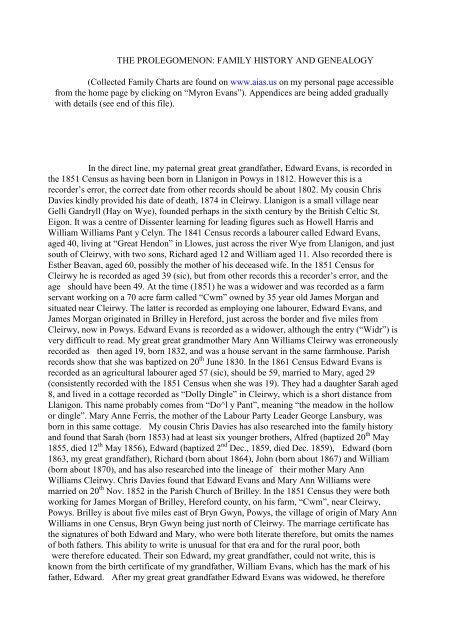
Sure! Here’s the article, with structure and flow optimized for clarity:
—
# How a London Chimney Sweep’s Misfortune Triggered the Unveiling of Environmental Carcinogens
In the grimy alleys of 18th-century London, the well-being of the city’s chimney sweeps — predominantly young boys, some merely six years old, often orphans or hailing from impoverished families — went largely unnoticed. Into this neglected group stepped Dr. Percival Pott, a surgeon in London, who in the early 1770s made a revolutionary discovery: a disproportionately high incidence of a rare cancer — specifically, scrotal cancer — among chimney sweeps.
At that time, scrotal cancer was exceedingly uncommon outside this demographic, rendering Pott’s finding both compelling and extraordinary. One of his patients, a young man aged just 28, presented with an immense and aggressive tumor covering much of his scrotum and thigh. Unfortunately, in a time devoid of anesthesia and effective cancer therapies, medical science could provide little more than harsh and perilous surgical options.
In a stunning realization, Pott pinpointed a link: soot exposure. Young boys would traverse cramped, soot-filled chimneys, often encrusted in the grimy byproduct, and due to their inadequate hygiene, the soot would cling to their skin — even in delicate areas — for days. Pott theorized that some element in the soot was triggering the cancer.
While Pott couldn’t identify the exact chemical, he had inadvertently uncovered a significant truth: the environmental origins of cancer.
## The Offender: Benzo[a]pyrene
It wasn’t until the 20th century that chemists were able to uncover the offender hidden in soot: benzo[a]pyrene, a powerful natural carcinogen present in smoke from combusted organic materials, such as wood and tobacco.
What’s even more alarming? Contemporary individuals continue to encounter benzo[a]pyrene — and not merely from industrial fires or smoking — but also from foods like smoked meats and items cooked over charcoal. Indeed: grilling your hotdog at a backyard barbecue brings this recognized carcinogen to your meal.
However, while benzo[a]pyrene has demonstrated the ability to induce DNA damage and cancer in laboratory trials and animal studies, the discussion surrounding whether the quantities from grilled foods pose a significant threat to humans is ongoing. Our bodies have adapted capabilities to handle low-level hazards, and the impact of sporadic exposure on cancer risk is still convoluted and uncertain.
## “Natural” Doesn’t Always Equate to “Safe”
The irony is palpable: individuals frequently worry about synthetic substances like food dyes and preservatives, while natural procedures such as smoking food can generate compounds that are considerably more biologically detrimental. However, since benzo[a]pyrene arises “naturally” during smoking or grilling — rather than being artificially introduced — it typically evades widespread concern.
This underscores a broader reality: nature isn’t necessarily kind. As our evolutionary narrative illustrates, plants and other natural entities frequently generate chemicals that are toxic or harmful. Throughout history, humans have needed to devise methods to detoxify plants or cultivate them into safer varieties — consider wild almonds, which were initially laden with cyanide, or raw soybeans and kidney beans, containing toxic proteins neutralized solely through cooking.
Likewise, potatoes can produce solanine, a nerve toxin, if exposed to excessive light and turn green. Even cherished spices like nutmeg and cinnamon contain safrole, a compound prohibited as a direct food additive due to its carcinogenic nature, yet still allowed in its natural plant form.
## Evolution and the Liver’s Beneficial (and Occasionally Harmful) Functions
Managing these natural toxins is why humans evolved advanced detoxification systems, predominantly in the liver. However, evolution is a tinkerer, not a craftsman. Our liver enzymes weren’t crafted for precision; instead, they evolved chaotic, often ineffective methods to chemically modify various molecules, simplifying their elimination.
In numerous cases, these modifications detoxify substances. Regrettably, sometimes — as is the case with benzo[a]pyrene — liver enzymes can transform relatively benign compounds into significantly more hazardous, reactive entities. For benzo[a]pyrene, liver enzymes convert it into forms that can attach to and damage DNA, potentially inciting cancer.
This phenomenon isn’t isolated to benzo[a]pyrene: methanol can morph into toxic formaldehyde, and otherwise innocuous antifreeze can transform into lethal oxalic acid under the influence of liver enzymes.
## Should You Concern Yourself with Grilled Meats?
Despite the risks associated with benzo[a]pyrene, it’s essential to maintain perspective on real-world threats. Dosage is significant. Consuming a grilled burger at your Fourth of July gathering is likely far less perilous than smoking cigarettes regularly. Intestinal cells — the first to encounter dietary benzo[a]pyrene — regenerate every few days, potentially resolving minor DNA damage before escalating into a severe issue.
Furthermore, the concentration of benzo